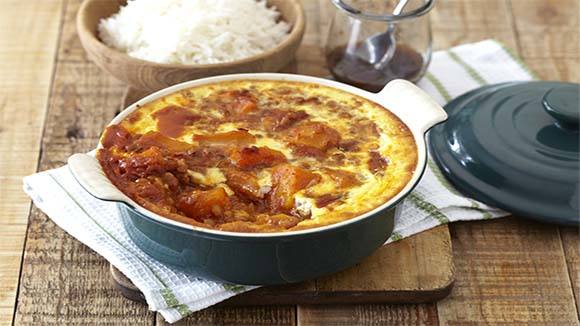I’d love to experience this lemon tart at one of Thomas Keller’s high-end French restaurants but until then, I’m so happy to have his recipe for it. It’s a delicious burst of brightness at the end of a special meal. Impress your friends and family over the holidays with this surprisingly easy and so yummy dessert.
Lemon Tart—Tarte au Citron
From Bouchon, by Thomas Keller of Bouchon, the French Laundry and Per Se restaurants
Pine Nut Crust
Because this dough uses only one egg, it’s difficult to make in a smaller quantity. Freeze extra dough for another time.
- 10 oz (2 cups pine nuts)
- 1/3 cup sugar
- 1 lb (3 cups) all-purpose flour
- 8 oz unsalted butter, at room temperature
- 1 large egg
- 1 teaspoon pure vanilla extract
Place the pine nuts in a food processor and pulse a few times. Add the sugar and flour and continue to pulse until the nuts are finely ground. Transfer the mixture to a large bowl.
Add the butter, egg and vanilla extract and mix to incorporate all the ingredients (the dough can be mixed by hand or in a mixer fitted with the paddle attachment). Divide the dough into three equal parts. Wrap each piece in plastic wrap and refrigerate for at least 10 minutes before using. (The extra dough can be frozen, wrapped well, for up to 1 month).
The Tart
In his cookbook, Bouchon, Thomas Keller explains there are different ways to make a lemon tart. At his restaurants, they use a sabayon method, in which the eggs are first cooked with the lemon juice and sugar over hot water, then the butter is gradually incorporated—an easy method that results in a consistently good lemon custard or curd. The crust is made with sweet and nutty pine nuts, which give a good balance for the rich, tart custard.
The tart looks best if you use if you use a fluted tart pan (can be purchased below).
- Butter and flour for the tart pan
- 1/3 of the Pine Nut Crust (see above)
- 2 large eggs, cold
- 2 large egg yolks, cold
- ¾ cup of sugar
- ½ cup fresh lemon juice
- 6 tablespoons (3 oz) cold unsalted butter, cut into 6 pieces
For the crust: Preheat the oven to 350 degrees F. Generously butter and flour a 9” fluted tart pan with a removable bottom and refrigerate it while the oven preheats.
Remove the tart pan from the refrigerator. Use your fingertips to press the chilled pine nut dough evenly over the bottom and up the sides of the pan. Trim off any excess dough.
Bake the curst for 10-15 minutes, then rotate it and bake another 10-15 minutes, or until it is golden brown. Remove the crust from the oven and let it cool while you make the filling. (There may be some cracks in the curst; they will not affect the finished tart.)
For the sabayon: Bring about 1 ½” of water to a boil in a pot that is slightly smaller than the diameter of the bowl you will be using for the sabayon. Meanwhile, in a large metal bowl, whisk the eggs, yolks, and sugar for about 1 minute, or until the mixture is smooth.
Set the bowl over the pot and, using a large whisk, whip the mixture while you turn the bowl (for even heating). After about 2 minutes, when the eggs are foamy and have thickened, add one-third of the lemon juice. Continue to whisk vigorously and, when the mixture thickens again, add another one-third of the lemon juice. Whisk until the mixture thickens again, then add the remaining lemon juice. Continue whisking vigorously, still turning the bowl, until the mixture is thickened and light in color and the whisk leaves a trail in the bottom on the bowl. The total cooking time should be 8-10 minutes.
Turn off the heat and leave the bowl over the water. Whisk in the butter a piece at a time. The sabayon may loosen slightly, but it will thicken and set as it cools. Pour the warm sabayon into the tart crust and place the pan on a baking sheet.
Preheat the broiler. While the sabayon is still warm, place the tart under the broiler. Leaving the oven door open, brown the top of the sabayon, rotating the tart if necessary for even color; this will take only a few seconds, so do not leave the oven. Remove the tart from the broiler and let it sit for at least 1 hour before serving. Serve at room temperature or cold. Enjoy!





